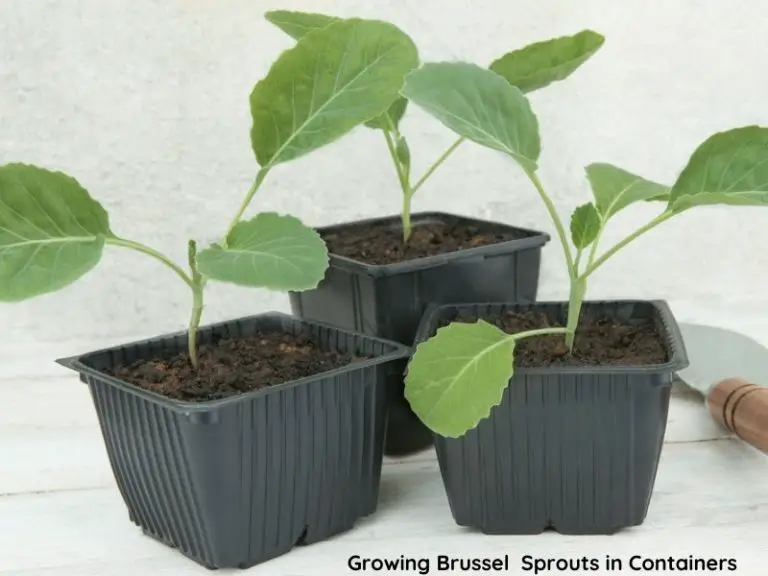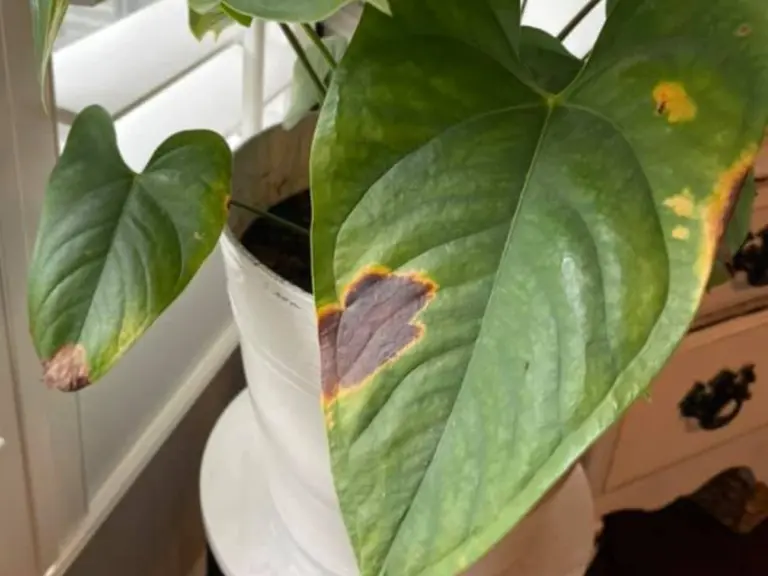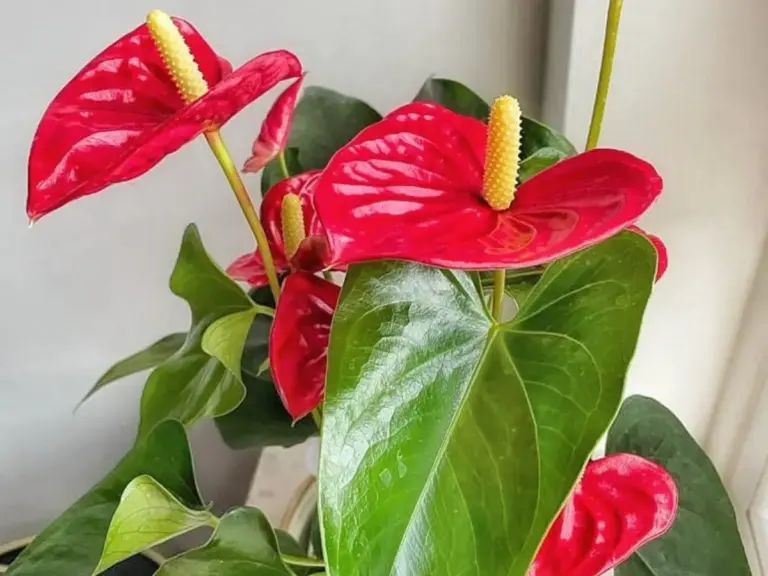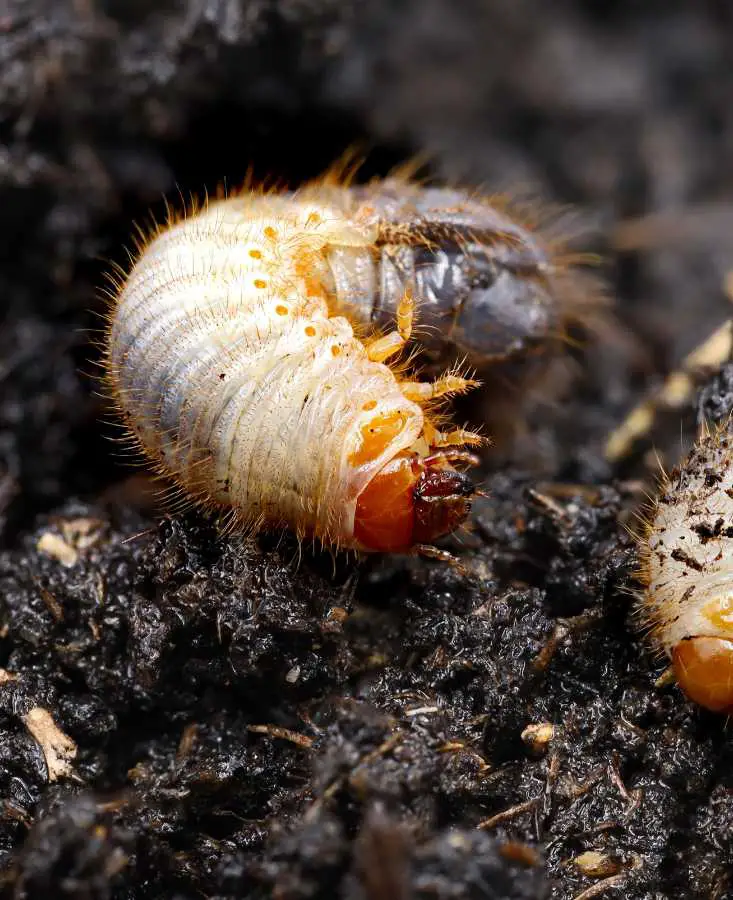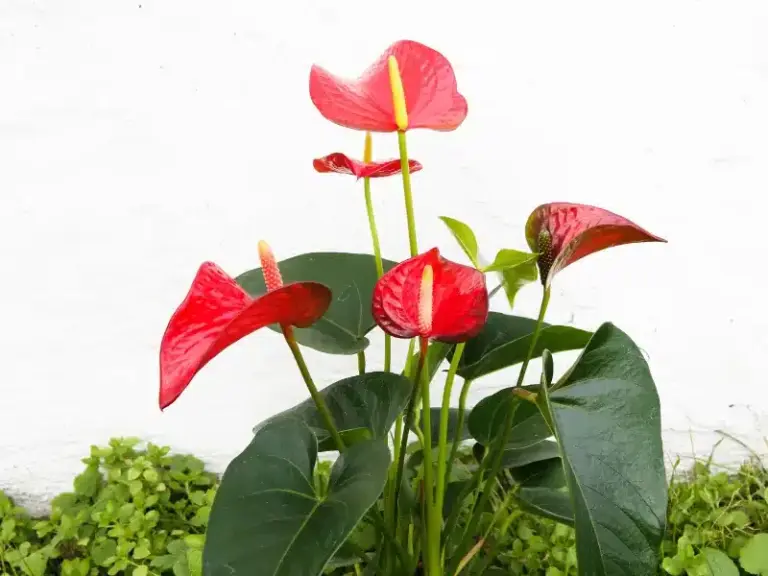Best Plants for a Screened Porch
A screened-in porch or patio is an excellent place for your houseplants if you want to protect them from sunburns. Besides adding esthetic value, these houseplants grown in porches purify the air around your house. However, choosing the wrong plant for your patio can be a waste of investment and demotivate your gardening efforts.
Here is a list of tried-and-tested screened porch-loving plants you should try and their growing conditions.
Can you grow plants on a screened porch?
Growing houseplants in porches have become an ongoing trend as a complement of indoor spaces. It makes sense if you have limited indoor or outdoor space but still want to enjoy the benefits of having houseplants. Also, it’s an excellent way to beautify your home’s entrance while allowing the plant to enjoy outdoor privileges like adequate sun, humidity, and enough space to grow to full height or cascade.
While most people prefer pots for their houseplants, hanging baskets and vertical containers are ideal solutions to utilize vertical outdoor spaces. It’s also a perfect solution if you’re a first-time gardening enthusiast or have a busy lifestyle. It all depends on the type of plant you choose to grow on your porch.
11 Best plants for a screened porch
1. Succulents
Succulents like the jade, crassula, devil’s backbone, and sedum are perfect examples of houseplants that thrive on a covered porch. You can also grow to cascade succulents like a string of pearls, easter cactus, rosary vine, and burrow tail in hanging baskets.
While succulents are drought-resistant, they might wither, droop, wilt, and die when left under direct sun for prolonged periods. Keep in mind that succulents growing in arid areas are adapted to the hot sun, allowing them to survive prolonged periods of the absence of rain. However, succulents grown as houseplants don’t have the same privileges.
Growing conditions
- Partial sunlight -preferably 6 hours of the morning sun
- Infrequent watering- at least twice a month during summer. After five weeks in winter
- Fast-draining and well-aerated cactus soil mix
2. Mohanias
Mohanias (Oregon grape) is a shrub-like plant native to Central America, North America, Asia, and the Himalayas. This plant boasts rich green and long foliage. From around the fall season (November-March), Mohanias will produce tiny blue-black fruits and golden-yellow flowers, which shoot out from the end of leaves.
The Mohanias plant is hardy, but it can wilt, droop, shrivel or die when neglected. The larger varieties can grow to 108 inches when appropriately watered and placed on a screened porch. The dwarf varieties can grow to 36 inches. Also, they are pest-resistant but watch out for rusts and powdery mildew.
Growing conditions
- They can survive full sun, partial-to-full shade
- Thrives in cactus, sandy, and clay soil
- They are best left unpruned unless they grow to shrubs in late September.
3. Pansies (Viola x wittrockiana)
Some people prefer keeping their porches livelier, which makes growing Pansies relatable. This plant has bright-colored flowers that look like “happy faces.” Since they love cool weather, they are great for both spring and autumn gardens. Like most people, you may prefer Pansies as a seasoned or annual plant since they thrive in cool weather.
Growing conditions
- They prefer well-drained clay or sandy, moist soil with rich humus
- Can tolerate temperatures below 20°F
- Can survive in a screened-in porch that permits the partial sun
- It can be planted in pots as borders or ground cover
4. Christmas/ Lenten Rose
Christmas Rose, whose botanical name is Hellebores niger, is an evergreen perennial that can grow to a height of 12-15 inches. It has dark green and shiny leaves and blooms in different colors like deep purple, white and pink. Native to Southern Europe and Asia, Hellebores are drought-tolerant when adequately established. The best time to plant them is during early spring.
Growing conditions
- It is hardy in zones 4-8.
- Its can be planted under partial shade in porches or under deciduous trees, away from drying winter winds.
- It prefers moist, well-drained neutral, or slightly alkaline soil enriched with peat moss or compost.
5. Wishbone Flowers
Torenia fournieri, also known as the wishbone flower, is a short annual houseplant with ground-hugging properties. This makes it perfect for homeowners with a soft spot for attention-grabbing flower bed additions. While the flowers (which bloom from late spring, early summer until frost) look delicate at first glance, they’re tough and can tolerate summer heat as long as you locate them in a shaded porch. A mature wishbone flower pinches back new growth on top, allowing it to grow up 12 inches tall and have a shrub-like appearance.
Growing conditions
- Plant the seeds six to eight weeks before your zone’s projected winter date
- Though adaptable, it prefers moist and well-draining, slightly acidic to neutral soil.
- Can thrive in morning sun and afternoon shade
- Should be watered when the soil feels dry
- It prefers 70-75°F
- Use slow-release granule fertilizer after every three weeks
6. Begonias
If adding color to your porch or patio using a houseplant is your top gardening goal, begonias are a perfect choice. It grows 1 inch tall and blooms colorful flowers up to 4 inches wide. These plants grow best when planted indoors at first before being transplanted to a screened-in porch. To ensure Begonia tubers harden off before winter, place them in a warm location (70°F).
Growing conditions
- Indirect sunlight, preferably under a screened-in porch
- It needs slight watering after every five days
- High humidity by loosely covering the pots with a clear plastic bag
- Grows best in light, fertile (perlite and peat moss), and well-drained soil
7. Fuchsias
The fuchsia is an evergreen plant with rich pinky and purplish-shaded flowers. Since it’s a low maintenance plant, you can expect a summer long of flowers with thick shrubs. It can be grown on window boxes, hanging baskets, or containers, allowing you to explore diverse outdoor horizontal and vertical spaces like your porch.
Growing conditions
- Grow well in morning sun or partial shade, preferably filtered light
- It should be watered at least once a day during summer, preferably in the morning hours.
- It prefers daytime temperatures below 80°F.
- Apply slow-release fertilizer every four weeks in summer and spring
8. Elephant Ears
Colocasia, popularly known as Elephant Ears, is a tropical plant that you can use as a background plant, ground cover, or edging. From a glance, the plant’s leaves mimic an elephant’s ears, adding beauty and a dramatic appearance to your porch or patio.
Growing conditions
- It won’t survive harsh freezing temperatures. It’s best kept indoors during the winter months.
- Prefers rich, organic, and moist potting soil
- Can survive in full sun but prefer partial shade
- Apply a periodic slow-release fertilizer to the soil
9. Hosta
The Hosta is a shade-loving plant that most homeowners prefer due to its visually attractive foliage. It has a vast range of cultivars whose leaves come in shades of green, dusky blue, and acid yellow. Also, it produces trumpet-shaped white flowers during summer.
Growing conditions
- Hostas planted on the ground may need dry spell watering
- Apply a mulch of garden compost or properly-rotted manure
- Protect it with 2-3 layers of horticultural fleece before the winter months
- It prefers full sun in a screened-in structure like your porch
10. Coleus
Also known as the flame or painted nettle, Coleus is one of the most popular shade-loving plants you can use to make your porch more dramatic. Its foliage runs from quilted to ruffled leaves, making it perfect for gardeners with a soft spot for houseplants with many color hues.
Growing conditions
- Needs daily watering during morning hours in summer
- Apply low-level organic nutrients to make its color stand out
- It needs regular pinching and pruning to remove its buds
- Needs loose and evenly moist soil with a pH of 6-7
- Can survive in partial or full shade
11. Clematis
Clematis, also known as the “queen of climbers,” is a vine plant that thrives well in screened-in porches because they prefer partial shade. Most of its varieties prefer zone 4-9 and can grow up to 50 feet. The earliest a Clematis plant can bloom is between March and June.
Growing conditions
- It prefers at least six hours of sun for blooming
- Use 2-5 feet poles for added support
- It prefers loose and moist, and slightly alkaline soil
Will a screened-in porch protect plants from frost?
Your plant can either withstand frost damage or succumb to it, depending on the time you plant it. A plant grown during the winter months might not survive frost damage than another one in spring. Even though most houseplants tend to go dormant and harden off in winter, their roots might not tolerate the winter stress, even if you place the pot on a screened-in porch.
Mature roots can adapt to the cold, but immature roots can’t. Since the last thing you want is a sickly or dying plant, it’s best if you plant them in early spring or fall. That way, the roots have a better chance to acclimate and withstand the frost stress.

